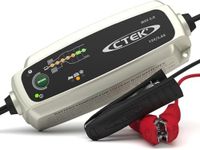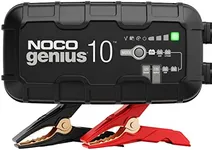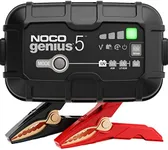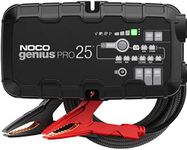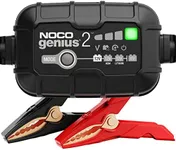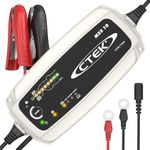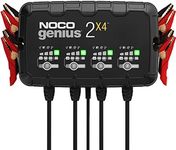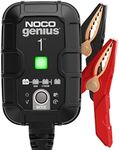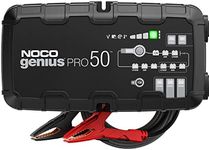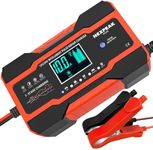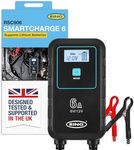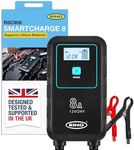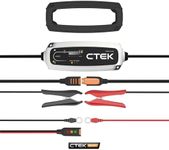Buying Guide for the Best Trickle Chargers
When it comes to picking a trickle charger, it's important to understand that these devices are designed to charge batteries slowly and maintain their charge over a long period. This makes them ideal for vehicles or equipment that are not used frequently, such as classic cars, motorcycles, boats, or lawnmowers. The goal is to keep the battery in good health and ready to use whenever needed. To choose the best trickle charger for your needs, you should consider several key specifications that will ensure compatibility and efficiency.VoltageVoltage is the measure of electrical potential and is crucial because it must match the battery you intend to charge. Most common batteries are either 6V or 12V. If you have a standard car or motorcycle battery, you will likely need a 12V charger. For smaller batteries, such as those in lawnmowers or some motorcycles, a 6V charger might be appropriate. Always check your battery's voltage before purchasing a charger to ensure compatibility.
AmperageAmperage, or current, indicates how fast the charger can charge the battery. Trickle chargers typically have a low amperage, usually between 0.5 to 2 amps, which is ideal for maintaining a battery's charge over time without overcharging it. If you need to maintain a battery over a long period, a lower amperage (around 0.5 to 1 amp) is sufficient. For slightly faster maintenance or if the battery is used more frequently, a higher amperage (closer to 2 amps) might be better.
Automatic ShutoffAn automatic shutoff feature is important because it prevents overcharging, which can damage the battery. This feature allows the charger to stop charging once the battery is fully charged and then switch to a maintenance mode to keep the battery at an optimal level. This is particularly useful if you plan to leave the charger connected for extended periods. Look for chargers with this feature to ensure the longevity and safety of your battery.
CompatibilityCompatibility refers to the types of batteries the charger can handle. Some trickle chargers are designed to work with specific battery types, such as lead-acid, AGM, gel, or lithium-ion batteries. It's important to know what type of battery you have and ensure the charger is compatible with it. Using an incompatible charger can lead to inefficient charging or even damage the battery. Check the charger's specifications to confirm it supports your battery type.
Safety FeaturesSafety features are essential to protect both the battery and the user. Look for chargers with features like reverse polarity protection, which prevents damage if the charger is connected incorrectly, and short-circuit protection, which safeguards against electrical faults. Other useful safety features include overcharge protection and thermal protection to prevent overheating. These features ensure safe operation and help prevent accidents or damage to the battery.
Ease of UseEase of use is an important consideration, especially if you are not very experienced with using chargers. Look for chargers with clear instructions, easy-to-read indicators, and simple connection methods. Some chargers come with additional features like quick-connect harnesses or alligator clips, which make connecting and disconnecting the charger more convenient. A user-friendly design can make the process of maintaining your battery much simpler and more efficient.

